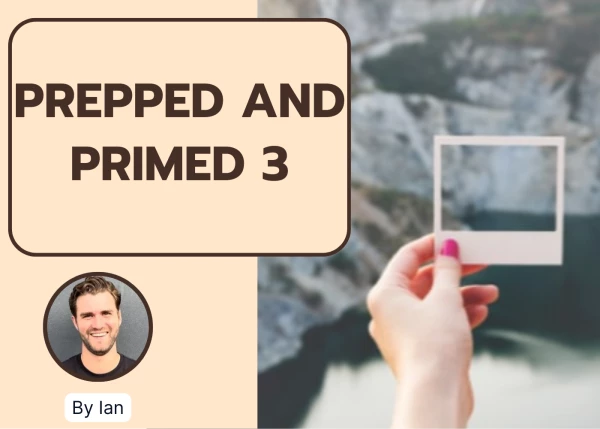How many people have been hospitalized due to COVID in India up until August 31, 2021?
Guesstimate Problem asked during a MBB Interview


Hi there,
You'll learn a lot more from this by trying it out yourself first! Why don't you post your approach here and we can provide commentary?
How to approach market sizing
It's very simple: Do the approach the is the easiest for you given the question.
Are they asking you to estimate something where you don't even know where to begin from the top (maybe you have 0 clue as to the market size of the industry, the GDP of that country, etc. etc.)? Then do bottom-up!
Alternatively, does it seem impossible to do a realistic from-the-ground-up estimation of something (perhaps it requires just far too many steps and assumptions)? Then do top-down!
Fundamentally, you need to take the approach that just makes the most sense in that circumstance. Quickly think about the key assumptions / numbers required and whether you 1) Know them or 2) Can reasonably estimate them. If you can, go ahead!
An Example
He's a Q&A for a great market sizing question here asking to estimate # of electric charging stations in a city in 10 years:
This one could be answered top-down (as I did) by estimating population of the city, # of drivers/ cars, etc. etc.
OR, it could be answered bottom-up by estimating # of stations you see per block (or # of gas/petrol tanks), % increase this might be over time (or # of EV stations that would be needed per gas tank given EV stations take 10 times as long), and # of blocks you'd estimate the city to have.
Take a look here for additional practice! https://www.preplounge.com/en/management-consulting-cases/brain-teaser/intermediate/taxis-in-manhattan-market-sizing-229

India population * % of people who got infected until that date (* % who get sick) * % who need hospitalization * % who actually go to the hospital.
Assumptions should consider population age distribution, vaccination rate (this could be part of the formula as well), access to hospitals and ability to pay or existing capacity, amongst other you may find relevant.

Some of the levers that can be applied to this problem:
- Population of India
- Age-wise population buckets
- Age-wise hospitalization rate (older people tend to get hospitalized more than younger ones)
- Wave-wise average daily case count
- Wave durations for total case counts

Hi!
The basic formula would be: Indian population * % ppl infected until August 31 * % ppl who need hospitalization * % ppl who were hospitalized
Remember to discuss key assumptions such as age, vaccination rate, etc.
Best,
Anto









